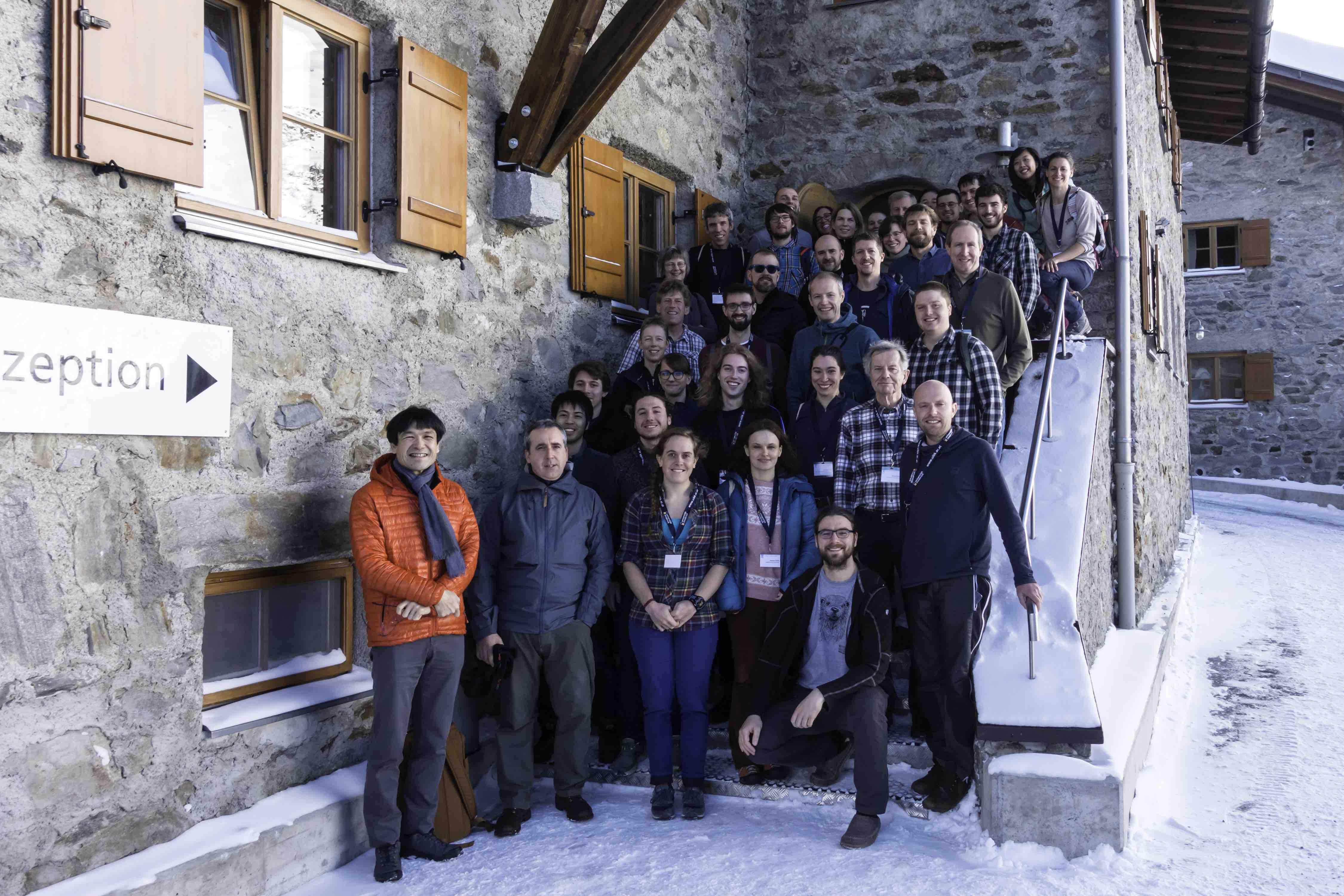Scientific highlights:
- During 2006-2015, Arctic glaciers have lost mass at a similar rate to the Greenland Ice Sheet (Hock et al.)
- The mass budget and dynamics of glaciers across the Arctic are strongly correlated with air temperatures (e.g. Copland et al., and Sugiyama et al.)
- The influence of oceanic forcing on tidewater-glacier dynamics and frontal ablation varies with region and appears to be less important in Arctic Canada (Copland et al.) than in Greenland (Catania et al.).
- Bedrock topography exerts a strong control on the dynamic response of tidewater glaciers to oceanic forcing. Knick points in bed topography may limit inland migration (Catania et al.).
- Advances in satellite remote sensing facilitate monitoring of glacier flow across the Arctic at high temporal and spatial resolution (e.g. Wuite et al. and Moholdt et al.).
- Subglacial discharge plumes entrain large volumes of nutrient rich ambient waters which may enhance marine primary production in glacier fjords (e.g. Kanna et al.). Whether or not these plumes emerge at the surface and fertilize surface waters highly depends on fjord stratification (De Andrés).
- Timeseries of glacier freshwater runoff in both solid and liquid form are now becoming available for various Arctic regions (e.g. Wuite et al., Mankoff et al. and van Pelt et al.).
- Statistical modelling helps to enhance the performance of climatic mass balance models and improved uncertainty assessments of model parameters and climatic input data (e.g. Rounce et al. and Zolles et al.).
 Two-and-a half days of scientific sessions with oral presentations and posters addressed a variety of topics related to glacier mass balance, dynamics and glacier-ocean interactions. Across the Arctic, glacier mass budget and dynamics strongly correlate with air temperature. The influence of oceanic forcing on tidewater-glacier dynamics and frontal ablation varies with region and appears to be less important in Arctic Canada (Copland et al.) than in Greenland (Catania et al.). In her keynote talk, Ginny Catania demonstrated that the strong heterogeneity in dynamic response of tidewater glaciers in Greenland is linked to bedrock topography. Advances in satellite remote sensing facilitate monitoring of glacier flow across the Arctic at high temporal and spatial resolution (Wuite et al.).
Two-and-a half days of scientific sessions with oral presentations and posters addressed a variety of topics related to glacier mass balance, dynamics and glacier-ocean interactions. Across the Arctic, glacier mass budget and dynamics strongly correlate with air temperature. The influence of oceanic forcing on tidewater-glacier dynamics and frontal ablation varies with region and appears to be less important in Arctic Canada (Copland et al.) than in Greenland (Catania et al.). In her keynote talk, Ginny Catania demonstrated that the strong heterogeneity in dynamic response of tidewater glaciers in Greenland is linked to bedrock topography. Advances in satellite remote sensing facilitate monitoring of glacier flow across the Arctic at high temporal and spatial resolution (Wuite et al.).
Several talks highlighted the importance of subglacial discharge plumes for marine primary production in glacier fjords (e.g. Kanna et al.). However, plumes have only a positive effect on marine productivity, if they reach surface waters. This depends on discharge volume and depth, but also fjord stratification (De Andrés). A better understanding of water masses and fjord circulation is thus needed when assessing impacts of glacier runoff on marine ecosystems. Timeseries of glacier freshwater runoff in both solid and liquid form are now becoming available for various Arctic regions (e.g. Wuite et al., Mankoff et al. and Van Pelt et al.). Statistical modelling helps to enhance the performance of climatic mass balance models and improved uncertainty assessments of model parameters and climatic input data (e.g. Rounce et al. and Zolles et al.).
The workshop was supported by the IASC Cryosphere and Marine Working Groups, both involved in the cross-cutting activity. The Association of Polar Early Career Scientists (APECS) helped to distribute travel grants among twelve early-career scientists. Early Career scientists were involved in organizing and reporting of the workshop - as conveners for scientific sessions, technical support or writing minutes of the open forum meeting and the cross-cutting discussion. During the open forum meeting, Ward van Pelt was elected new chairman of the IASC Network on Arctic Glaciology, following after Thorben Dunse. Ward will be supported by Wesley van Wychen as new vice-chair. The next workshop and annual meeting will take place in Szczryk, Poland (end of January 2021).
The abstract book including programme, participant list, minutes of open forum meeting and cross-cutting discussion, is available on the IASC-NAG website: https://nag.iasc.info/publications.
Organized by: Thorben Dunse, Ward van Pelt, Jakob Abermann and Michael Kuhn. The workshop hosted a cross-cutting activity on "Glacier-ocean interactions and their impact on Arctic marine ecosystems" and attracted 41 participants representing 14 countries.
